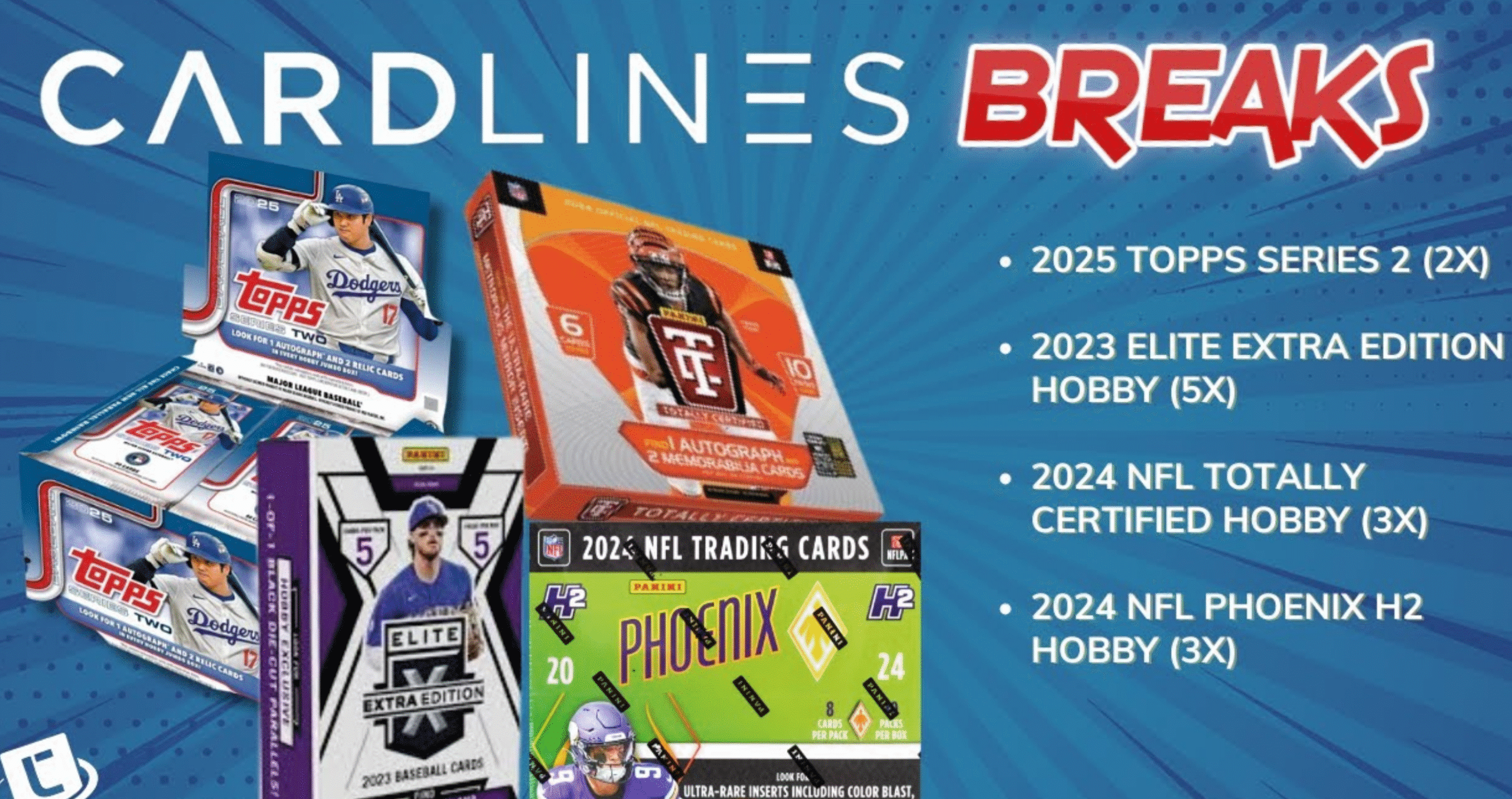

While vinyl records are the more well-known collectible music format, CD collecting is a pastime popular among some music enthusiasts. After years of plummeting sales, CDs have experienced an increase in popularity with collectors and music lovers in recent years.
The rise of digital music streaming has led people to question the continued relevance of physical media. However, many collectors still appreciate the unique benefits that CDs provide.
This article will explore the world of CD collecting, its investment potential, and how to start building a CD collection.
The first human voice was recorded by Thomas Edison in 1877 on his phonograph. As technology advanced, more sophisticated sources of listening to music were developed.
The prototype compact disc (CD) was revealed in 1979 and made publicly available in 1982. It was a thin, shiny, circular storage disc that could hold about 80 minutes of music.
The CD quickly became the most efficient and widely accepted way to store music. This was due to their superior sound quality and durability compared to other technologies at the time (vinyl and cassette tapes).
CD collecting can be traced back to these early days, right after the introduction of the CD format. As long as CDs have existed, there have been “collectors” of these CDs. As CD players became more affordable and widely available, music lovers began to amass collections of their favorite albums.
CDs became the dominant format for music sales in the 90s, and collecting limited edition CDs became a popular hobby for music enthusiasts.
Record labels began releasing CDs with special packaging, such as deluxe editions with bonus tracks, limited edition versions with unique artwork or packaging, and box sets containing multiple albums or special features.
These special editions really kicked off the CD-collecting hobby as they became highly sought after by collectors. In response to the great demand, several special edition CDs commanded impressive prices on the secondary market. The rise of the internet in the late 1990s helped the growth of CD collecting as online marketplaces made it easier for collectors to find rare CDs.
In recent years, more and more music fans have turned to online platforms such as Spotify, Apple Music, and YouTube to listen to their favorite songs. Indeed the rise of these online streaming platforms has significantly impacted the popularity of CDs.
However, it has made CDs more collectible items. While there’s an undeniable shift towards digital music, this has created a new wave of collectors looking for unique and rare CDs to add to their collections. Digital music has made physical media, such as CDs, more special and unique.
The pandemic collectible boom increased demand for collectibles across all categories, including CDs, as people sought new ways to entertain themselves. It led to a surge in online sales and created a new wave of collectors interested in building a CD collection.
According to data published by the Recording Industry Association of America (RIAA), CD sales increased in 2021 for the first time in 17 years.
Aside from nostalgia, the desire to truly own an album and other non-monetary reasons for owning a CD collection, the value of CDs has been rising. This has helped make collecting CDs more lucrative for collectors looking for an ROI.
A glance at the most expensive CDs sale would reveal several sales above $10,000. However, you would likely not be getting such prices for any new CD collection as such prices are reserved for rare and hard-to-find CDs.
While initially slow to catch on, CD collecting has become a popular music collectible option today. A few years ago, when someone considered a music collection, the preferred format was vinyl.
While vinyl still holds its unique charm for several collectors, some collectors are opting to collect CDs instead. Here are a few reasons you should consider starting a CD collection today.
One of the foremost benefits of owning a CD is the sense of ownership that digital formats cannot replicate. Collectors can hold and display their music collection. While digital music has many benefits, CDs’ physical presence creates a sense of personal attachment and ownership.
You own the music physically; no corporation can deprive you of it. Several years ago, MySpace accidentally erased all user files unloaded to the site.
There’s a somber Reddit post from a user trying to access his dead son’s music stored on MySpace.

For some time, people wrongly believed that vinyl sounds better than CDs. However, this has proven false, as CDs sound better than vinyl. CDs’ dynamic range and sound quality also beat most digital alternatives. Music on most streaming platforms has been compressed to take up less space.
As a result, the sound isn’t as vibrant. Formats such as MP3, AAC, and WMA are compressed music files. While lossless music (FLAC and ALAC format) would deliver the same higher quality as a CD, they are up to 6X larger than MP3, and only a few streaming services can play them.
This superior audio quality has made audiophiles and collectors opt for a CD collection as it offers a more authentic listening experience.
Asides from the better sound quality, many people collect CDs because of their unique artwork and packaging. Most special edition CDs came with unique packaging such as slipcases, digipaks, or box sets.
These often contained album booklets, expanded artworks, and liner notes that provided additional context and insight into the music and artist. This physical representation of the CD is one of the reasons people build a CD collection.
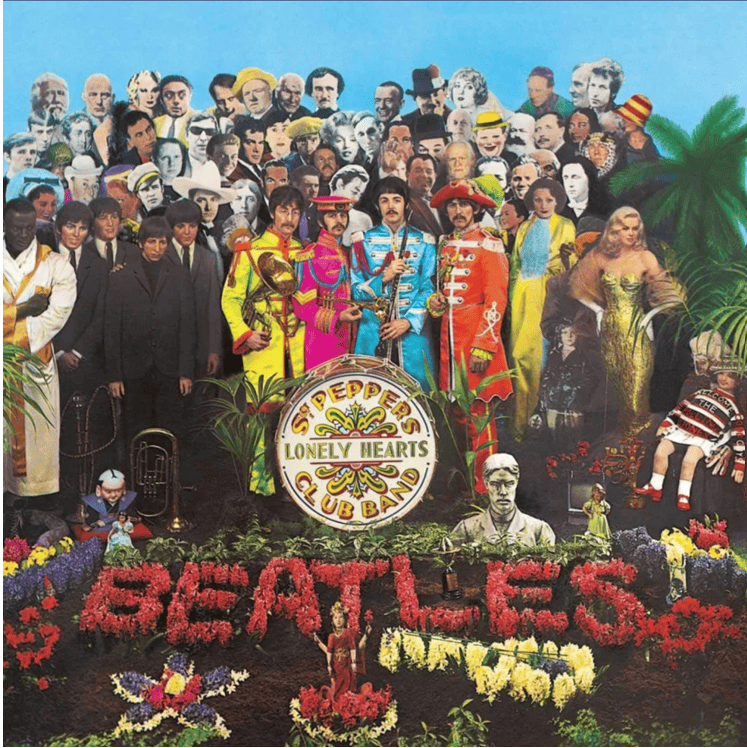
As with any collectible, the value of a CD can appreciate over time, allowing collectors to profit in the future. While most CDs would never be worth anything significant in monetary value, others are precious. Collecting rare or limited edition CDs can be an investment opportunity with the potential for substantial ROI.
However, it’s important to note that collecting CDs as an investment requires careful research and planning. Not all CDs will appreciate significantly in value, and some may actually decrease in value over time. One way to collect CDs as an investment is to focus on rare or limited edition releases.
Like most popular collectible items, nostalgia is another reason for the growth in CD collecting. CD collecting offers a nostalgic or sentimental connection to specific memories. Several collectors today grew up in the era of CDs and have fond memories of buying and listening to their favorite albums on the format.
Collecting CDs can be a way to relive those memories and emotions associated with specific albums. Experts have shown that streaming a track doesn’t trigger the nostalgic feeling as much as a piece of media you can hold in your hand (like you did before).
You require a substantial figure to collect most collectible items in today’s world. However, you do not have to pay much to collect CDs of the music you love. They’re easy to find and inexpensive. You can still build an impressive collection with a few hundred dollars. Even old CDs aren’t expensive because most people donate them and are looking for ways to “get rid” of them.
Collecting CDs have grown from strength to strength over the last few years. For a long time, they’ve been rated below vinyl and not considered worthy of being a collectible. However, this has changed over the last few years, and CDs are now regarded as serious collectibles with impressive value.
According to Nick Hamlyn, the author of The Penguin Price Guide for Record & CD Collectors, back in 2003 after including CDs in his price guide.
“The inclusion of compact disc in the price guide’s title is highly significant. Although a few die-hard vinyl specialists will complain bitterly about the fact, the silver disc has now established a significant place within the collectors’ arena. A large number of collectable CD albums and singles are included in the listings, and while their values cannot compete in general with those of the most collectable vinyl items, the fact they are there at all is a demonstration of the way which the market for collectable recorded music is continuing to develop. Whatever the debate about how authentic the sound of CDs are, they are still an important part of musical history which is why after two decades they are now collectable. They were introduced to a somewhat sceptical public but they have gone from strength to strength since.”
Building a CD collection is a fun pursuit for music enthusiasts as well as collectors. Starting a CD collection is especially easy if a potential ROI isn’t the main aim for creating the collection. You can get albums of your favorite artists and build up your CD collection.
However, if you’re collecting in hopes of a potential return on interest after a few years, you have to be more selective. Here are a few tips to get started:
Determining your interest when starting a CD collection is essential as it allows you to focus your collection and make it more meaningful. Deciding which CD to buy is easier when you have a specific interest. You can build a collection that reflects your taste in music or solely on its potential value.
As with most things in life, it’s wrong to dive heads first when building a CD collection. Start your CD collection small and gradually build into more expensive buys and rare CDs.
Starting small and gradually building your CD collection lets you establish a solid foundation. It gives you time to gain the required knowledge and expertise while allowing you to enjoy collecting without feeling overwhelmed.
While CDs are inexpensive, the cost adds up if you fail to track your purchases. You should determine how much you will spend on CDs every month. Establish a budget and stick to it.
Always listen to the CD you wish to buy before making a purchase. This guarantees you like what you’re buying and that you aren’t buying a faulty CD. CD stores let buyers listen in the shop.
However, this might be tricky for online purchases. Always buy from sellers with a high percentage of positive reviews and a positive track record. Finally, check the seller’s return policy and shipping options before purchasing.
While not everyone would build a CD collection in hopes of a return on interest, focusing on rare releases is a great idea.
Collecting rare releases from those artists would make your collection more valuable over time, no matter the genre or artist you enjoy listening to. Purchase CDs with limited pressing, unique packaging, and bonus tracks.
Asides from the sense of camaraderie it brings, being a part of a community when collecting collectibles is essential for several reasons. It allows you to connect with like-minded individuals who can offer valuable insights and recommendations.
Additionally, being a part of a community helps you stay informed on the latest pricing trends and market values. These insights can enhance and support your collecting experience. A community is even more important for a new collector as it can help you avoid common pitfalls and mistakes that novice collectors often make.
There are several online communities for CD collectors. This includes Discog, the CD collectors subreddit, 360°Sound, and many more.
Like most collectibles, a CD’s condition would significantly impact its value. No matter how rare a CD is, it wouldn’t be worth anything if it doesn’t sound good. Most CD collectors use the Goldmine Standard for grading the condition of CDs.
| Mint (M) | Perfect. No scuffs/scratches, unplayed – possibly still sealed. Insert/Inlay/Booklet/Sleeve/Digipak: Perfect. No wear, marks, or any other imperfections – in most cases, still sealed. |
| Near Mint (NM or M-) | Near perfect. No obvious signs of use. It may have been played – but it has been handled very carefully. Insert/Inlay/Booklet/Sleeve/Digipak: Near Perfect. No noticeable wear. It may have only the slightest of marks from handling. |
| Very Good Plus (VG+) | A few minor scuffs/scratches. This has been played but handled with good care – and certainly not abused. Insert/Inlay/Booklet/Sleeve/Digipak: Slight wear, marks, indentations, it may possibly have a cut-out hole (or similar). |
| Very Good (VG) | Quite a few light scuffs/scratches, or several more-pronounced scratches. This has obviously been played, but not handled as carefully as a VG+. Insert/Inlay/Booklet/Sleeve/Digipak: More wear, marks, and indentations than a VG+. It may have slight fading, a small tear/rip, or some writing. |
| Good (G), Good Plus (G+) | There are a lot of scuffs/scratches. However, it will still play through without problems. This has not been handled with much care at all. Insert/Inlay/Booklet/Sleeve/Digipak: Well worn, marked, more obvious indentations, fading, writing, than a VG – possibly a more significant tear/rip. |
| Poor (P), Fair (F) | The CD may or may not play some or all of the tracks. Insert/Inlay/Booklet/Sleeve/Digipak: Very worn. It may have obvious writing on it, it may be ripped/torn, or significantly faded, or water damaged. |
Like most collectibles, signed CDs are highly sought-after by collectors and music fans. The signature of a musician or band member on a CD adds a personal touch that makes it more special and unique.
Autographed CDs are often considered more valuable than regular CDs. The increased value can increase even more depending on where the CD is signed.
Shop for signed and autographed CDs on eBay

Typically, autographs on CDs are signed on the front cover, which usually contains the album artwork and title. Autographs can also be signed on the back cover or on the CD itself.
Musicians may sometimes sign the inside of the CD booklet or on a separate insert. Autographs signed on the front cover in a prominent location, such as over the face of the musician, are more desirable and valuable to collectors.
Additionally, if the autograph is accompanied by a personal message or a dedication, it may also increase the value of the CD. It’s worth pointing out that there’s a rise in counterfeit autographs, so care should be taken when buying signed CDs. The PSA offers autograph authentication services for CDs as well as vinyl records.
Shop for signed and autographed CDs on eBay
When building a CD collection, it is essential to consider proper storage to preserve the condition and quality of your CDs. Whether you’re collecting for sentimental value or profits, preserving your CDs’ condition is necessary. CDs with a Mint condition would fetch up to 500X more than those graded Very Poor. Here are a few tips to correctly store your CDs.
Store CDs upright: CDs should be stored upright to prevent warping or bending. When keeping CDs horizontally, the weight of other CDs can cause them to warp or become damaged.
Keep CDs away from direct sunlight: Direct sunlight can cause CDs to warp, fade, or become discolored—store CDs in a cool, dry place away from direct sunlight or high heat.
Avoid storing CDs in damp or humid areas: Moisture and humidity can damage CDs by causing them to warp or develop mold—store CDs in a dry area with low humidity to prevent damage.
Use protective sleeves: Protective sleeves can help prevent scratches or other damage to CDs. Sleeves can be made of plastic or paper and can be purchased in various sizes to fit different types of CDs.
Keep CDs in cases: CDs should be stored in their original cases or in protective cases to prevent damage. Do not allow CDs to remain out of their cases for long periods unless when placing them into and removing them from the CD player.
Handle CDs carefully: Handle CDs by the edges or center hole to prevent fingerprints or scratches. Avoid touching the CD’s surface with your fingers or anything that could scratch it.
Organize CDs properly: Organize CDs by genre, artist, or alphabetical order to make them easier to find. This can also help prevent damage by reducing the need to handle CDs unnecessarily.
It’s important to know that there isn’t a universally correct way to store your CDs. The best storage option depends on your unique condition. Here are some factors to consider when choosing a storage option:
Consider the following storage options and pick the one that best fits your unique requirements. Each of these options would keep your CDs safe and in good condition.

CDs are considered valuable collectibles in today’s world. While most CDs would never be worth much, certain rare and special edition CD releases command high prices among collectors. From limited edition releases to autographed copies, we shall look at the top 5 most expensive CDs auction according to Value Your Music and Discogs, websites that track CD sales.
| Coil – The Key to Joy is Disbedience Coil, Limited Edition Box Set | $8,000 |
| Lostprophets – Weapons Deluxe CD, Signed by the band – Ian Watkins | $9,418 |
| Autographed Good Girl Gone Bad [Reloaded] [Bonus DVD] [Slipcase] by Rihanna | $10,000 |
| Star Wars Episode II: Attack Of The Clones (Original Motion Picture Soundtrack) 1/10 | $14,193 |
| Acrania: The Beginning Of The End Signed! | $15,099 |
Experts would notice the absence of Wu-Tang Clan’s Once Upon A Time In Shaolin album, which sold for $4 million on this list. The album has been intentionally excluded.
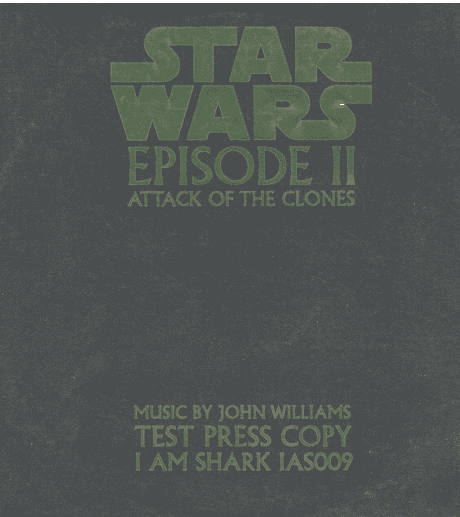
Judging by these prices and the prices most CDs sell for every day at eBay, CDs are quite collectible. All that’s required is to build a great collection, and your hoard might be worth a lot a few years from now.
Collecting CDs is something that hundreds of thousands of people enjoy, and avid collectors are willing to pay high prices for rare or limited-edition albums.
Some audiophiles especially appreciate the superior sound quality of CDs, which is better than vinyl and digital music files. The market for CD collectibles is expected to keep growing. Most adults today grew up playing physical albums on their CD players.
That nostalgia will only keep increasing over time; in a few years, CDs could become even more valuable as collectible items. CDs would be a great and valuable addition to music lovers’ collections. You can also collect other music memorabilia.
If you’d rather collect magazines, here’s an introductory guide to get started.
what was Panini doing? 🙄
I compared sports card prices from the big sellers to save YOU money
Is GameStop buying PSA? (the truth!)
I ripped an entire case of Phoenix Football (BIG win or MASSIVE loss?)
Make an extra 30% PROFIT on eBay with this sports card hack
What's your biggest trading card regret? This is a safe space. 🤣
I used ChatGPT to invest in sports cards (and make this thumbnail lol)
Easy hack for buying Tyrese Haliburton rookies at a DISCOUNT.

BCW Thick Card Toploaders 197 Pt. 10 per pack
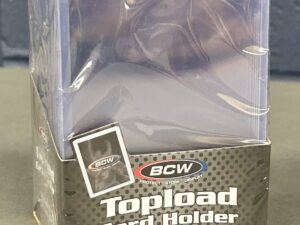
BCW Thick Card 59 Pt. Toploaders. 25 per pack

BCW 20 Pt. Toploaders. 25 per pack
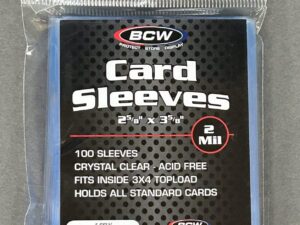
BCW Standard Card Sleeves. 100 per pack
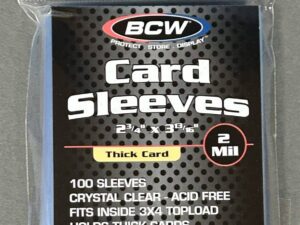
BCW Thick Card Sleeves. 100 per pack

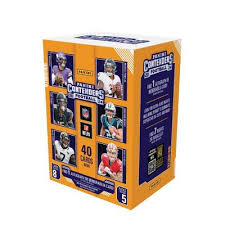
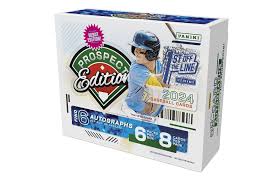
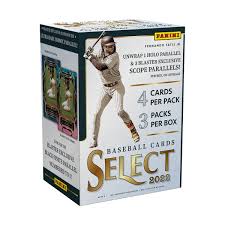
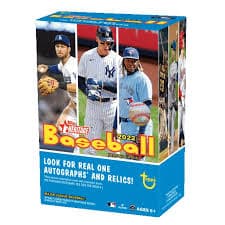
2022 Topps Heritage Baseball Blaster Box Configuration: 7 Packs per Box – 9 Cards per Box. Plus 1 extra pack.
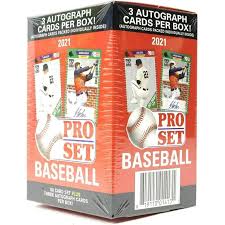
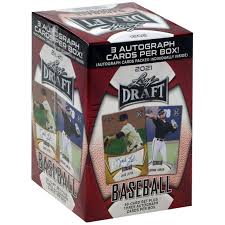
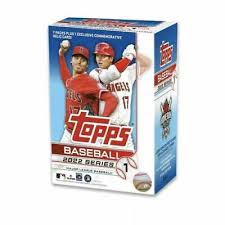
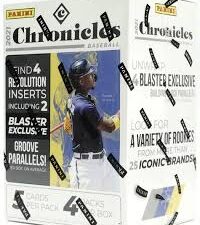
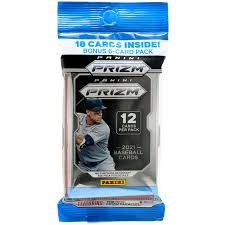
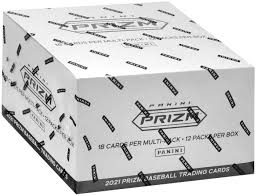

© Copyright 2025 - All rights reserved Cardlines.com / Media Techs LLC - Sports Card News, Reviews, Releases and BREAKS - #thehobby.
Important: When you click on links to various merchants on this site and make a purchase, this can result in this site earning a commission. Affiliate programs and affiliations include, but are not limited to, the eBay Partner Network.
The SAD story of Collectable. What went wrong? (The Downfall Fractional Sports Card Investing)
Cardlines June 18, 2025 3:00 pm